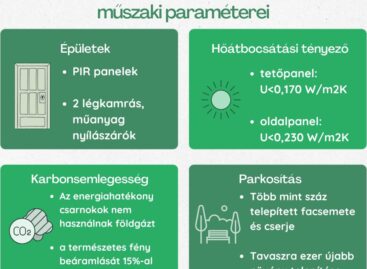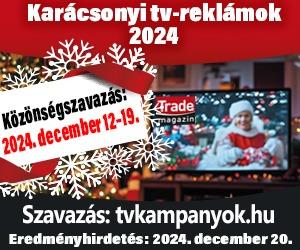Magazine: It is easier if you aren’t alone
The European Union is Canada’s second biggest trading partner – their No.1 trading partner is the USA. After many years of negotiations, Canada and the EU signed the so-called Comprehensive Economic and Trade Agreement (CETA) on 30 October 2016. The EU signs different types of trade agreements with different countries, depending on whether tariffs are imposed or abolished, or a customs union is established. However, trade agreements aren’t only about tariffs: they also play an important role in bringing new investors and settling related legal disputes.
Although the USA is the EU’s biggest trading partner, at the moment it is difficult to tell how the trade relationship between the two parties will develop. The EU and the USA have been negotiating about establishing the Transatlantic Trade and Investment Partnership (TTIP) since July 2013. There are still many problematic issues, it is enough to mention the investor-state dispute settlement (ISDS) rules. As for the CETA, the European Parliament’s plenary session and the Council still have to give their approval; if this happens, the agreement enters into force as of next year. CETA isn’t only about the free movement of goods and services, but also about government procurement and the marking of products from a specific geographical origin.
The European Union also focuses on Africa: the Joint Africa-EU Strategy (JAES) provides the framework for working with 54 African countries. JAES aims at strengthening political partnerships and fostering trade between regions in the EU and Africa. One of the latest steps in this process was reaching an Economic Partnership Agreement (EPA) between the EU and the Eastern African Community (EAC) on 16 October 2014. EAC consists of Burundi, Ruanda, Tanzania, Kenya and Uganda. On 10 July 2014 another EPA was agreed on, this time with the Economic Community of West African States (ECOWAS).
Southeast Asia is also an important region for the European Union. At the moment the Association of Southeast Asian Nations (ASEAN) has ten members: Indonesia, Malaysia, the Philippines, Singapore, Thailand, Brunei Darussalam, Vietnam, Laos, Cambodia and Burma/Mianmar). The EU conducts trade talks with ASEAN members individually and has reached agreements with many of them. After the USA and China, ASEAN is the EU’s third biggest trading partner outside Europe.
What about South America? In July 2014 Ecuador joined the EU’s already existing trade agreement with Colombia and Peru. This agreement contains the full liberalisation of trading in industrial and fisheries products in 10 years, and also contributes to the easier market access of agri-food products. In addition to this, the European Commission is also in talks with several countries of Latin America. These future agreements can be important from a Hungarian perspective: there is a danger that after a free trade agreement with these countries is signed, they will offer their agri-food products at lower prices in the EU European farmers, because farmers in South America need to meet less strict production regulations than in the EU, therefore they can producer at lower costs.
Related news
Related news
After a subdued year, the holiday season is strong
74% of online shoppers, around 3.1 million people, are preparing…
Read more >Battle of the regions: these are the most popular dishes according to Hungarians
Five times the national average of Mexican food is consumed…
Read more >Business-tailored halls help SMEs develop and grow
RaktárAD, a logistics developer with a Belgian-Hungarian ownership background, has…
Read more >





